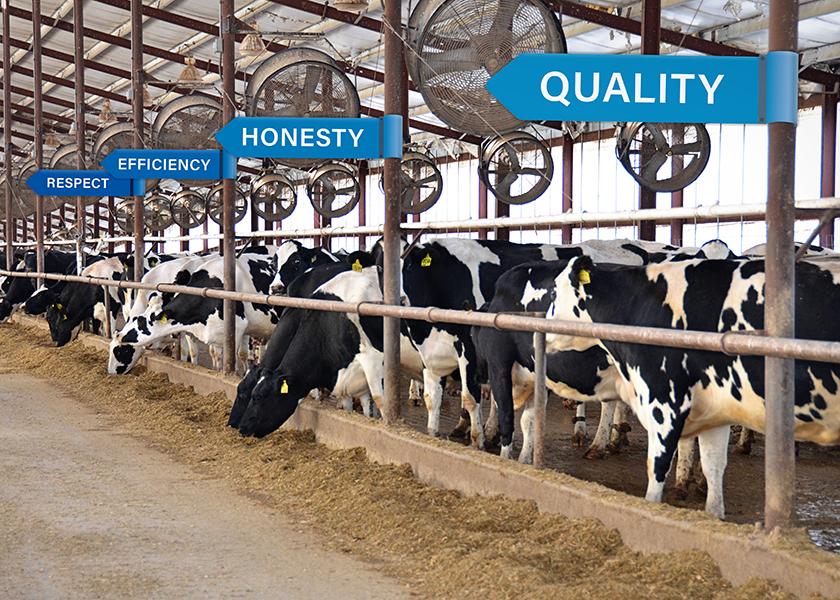At the Core of Your Culture

When was the last time you took stock of your farm’s core values? Did you take the time to establish formal values and do you reassess how you’re living up to them? It’s an important task because it sets the standard and helps maintain the culture of your farm. When conflict arises, these values can also be a guide in resolution.
At their most basic, core values are the beliefs that determine the behavior of an individual or organization, says Mark Faust, a growth advisor and founder of Echelon Management. How do you want to be treated, and how do you want to treat your employees and customers?
Need to set them? Here’s how:
Setting core values starts with brainstorming the concepts that are the most important to you and why. You may start with a list of 10+ but focusing it down to the five or six most important will help set the foundation to drive your business. Think about why these ideas are important and what behavior is driven by them.
Don’t set them and forget them, though. Values should be checked in on often, says Heather Schlesser, PhD, dairy agent for the University of Wisconsin-Madison Extension.
“The management team should be looking at the core values all the time. They need to reflect and say, ‘are we living up to the core values of the farm? Are we fulfilling our obligation? Are we setting those expectations for our employees?’ If you're having weekly farm meetings incorporate it into that meeting,” she says. “Your core values should be out front. You want to set the culture of the farm and the best way to do it is for your employees to know that your core values really are what you stand on. And you really do believe in them.”
Faust suggests breaking the entire team into smaller groups and brainstorming the five or six words or statements that are most important to each group. Then gradually combine the groups until the entire farm is back together as one. What you’ll often find is that the words on each list will be similar, and you’ll be able to set a final list that everyone agrees on and believes in. Buy-in from the entire farm is key.
“If you don't clarify the values, and you don't get agreement from the team, either by facilitating an exercise, or having employees sign off on an actual value statement, there’s no basis for upholding them,” he says. “There’s agreement in how I want to be treated, and I will treat others, but if I don't live up to these values, I will be held accountable.”
Avoid these mistakes
One of the biggest mistakes after setting values is not discussing them, Schlesser says. This can create conflict between leadership, but also between employees. For example, two brothers are running the family dairy, and each say “family first” is their top value.
“To one that may mean being home to help with homework and every dinner opportunity, but to the other, family first means providing for my family so they have everything they want and need. This may mean longer hours,” she says.
On the flip side, you may feel really dissatisfied with an employee because they’re not meeting one of the standards you’ve set, but did you talk to them about it? Do they understand the expectation, and have you given them the opportunity to fit into the culture? If the expectation is clear, and you’ve had discussions with the employee it might be time to part ways because neither of you will be happy, she says.
For Faust, one of the biggest mistakes is when the leaders aren’t living to the standards they’ve set, “if there's a problem with the culture, it almost always goes back to the CEO not living up to either stated, or at least aspired to values and thus they’re leadership behaviors are dysfunctional in their leadership,” he says.
For more help getting started try the University of Wisconsin-Madison Extension’s Core Value Clarification Exercise.







